Geist
ACCESS: Confidential
Ah, great to see the Reaper over Berlin !
Hey, wait - It is not Berlim, but Baghdad.
Ah, great to see the Reaper over Berlin !
It is Baghdad, not BerlimSlightly disconcerting to see it carrying missiles there
I haven't thought about it... until now.You can just imagine this operating out of RAF Gatow in a Wall not Fallen scenario in the 21st Century. Though, it is interesting to speculate whether the Reaper would have evolved in the same way as it did in our timeline.
This version flies for the Department of Public Safety, (aka local Police force) traffic safety division. NOW let's see you laugh it up about "Speed Controlled by Radar" ya Mooks!
Randy

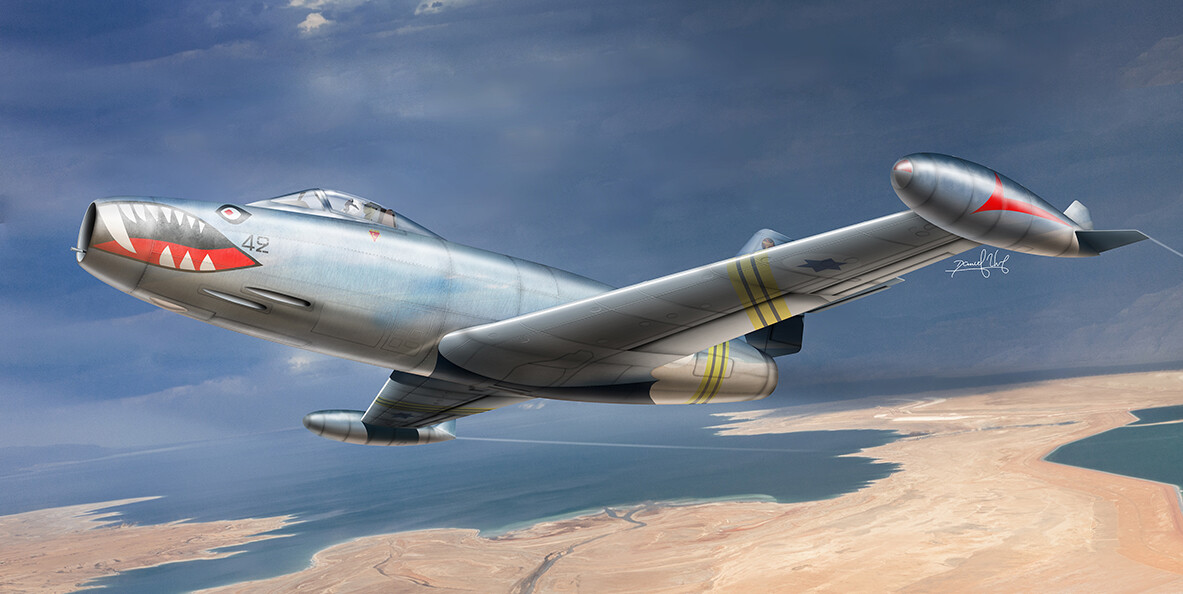
Thank you for the comment ; )Magic mate. They got me a smile today and brightened up a sod of a day.

Wow, amazing work! Thanks for sharing.Jōshō suru kaze (Rising wind)
Illustrator/Photoshop (cover box)

Thank you very much for the Wow and for the comment on the FSP3 artwork cover!Wow, amazing work! Thanks for sharing.
Btw. I liked your artwork on the French Secret Projects Vol. 3 so much.
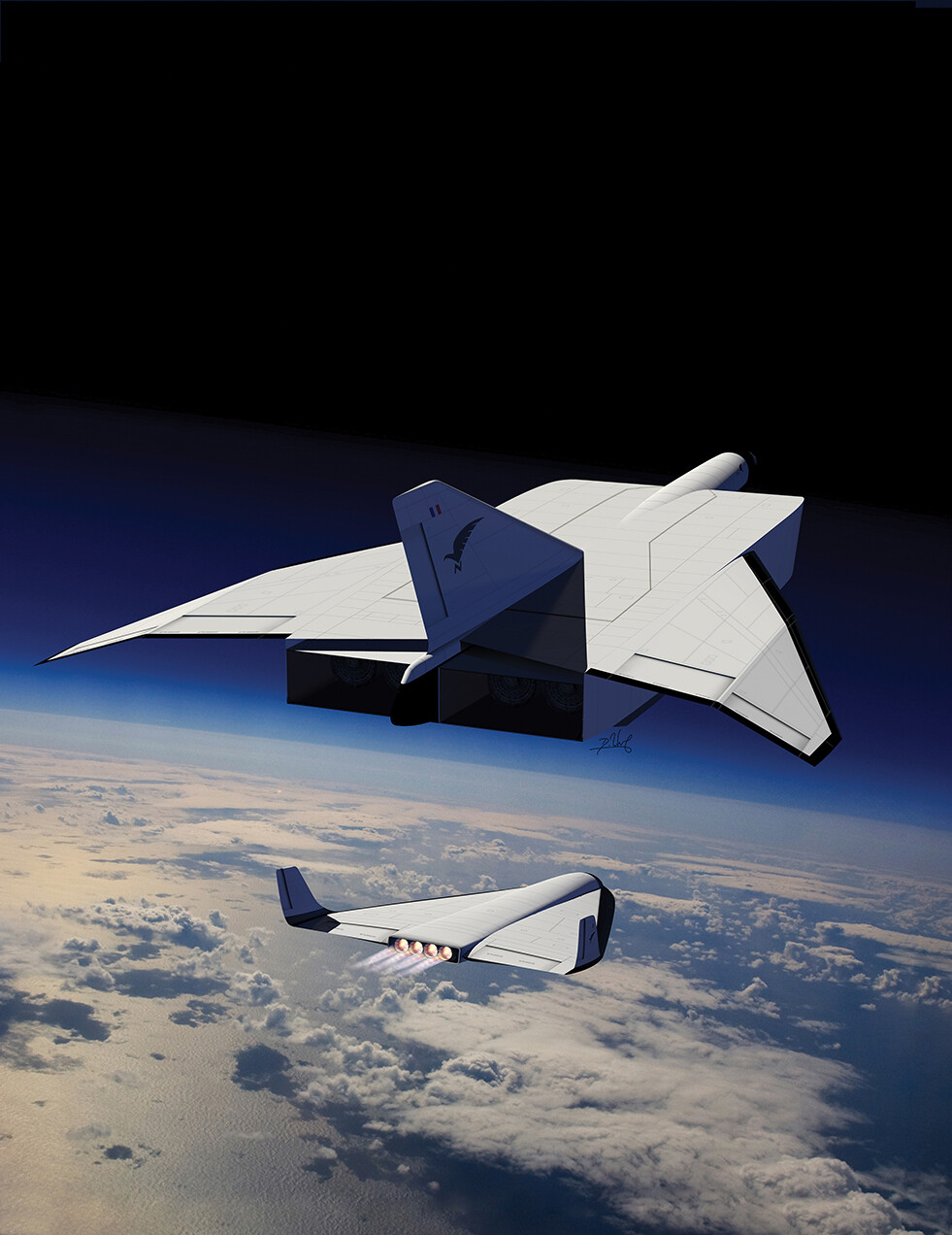
Good for especulative cutaway drawing...!I started...
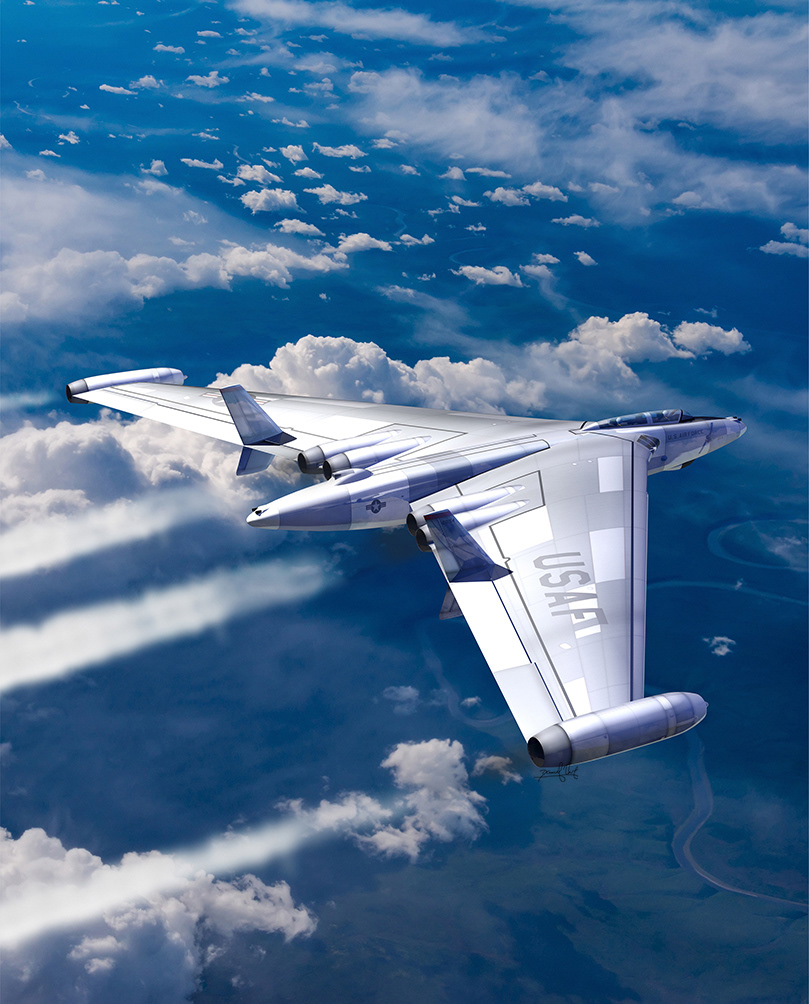
Hi
After a long time I'm back.
I hope you're all doing well despite all oddities of last year and the beginning of 2021.
Well here goes the first from 5 recent works.
This I did for a book cover - "Indestructible: One Man's Rescue Mission That Changed the Course of WWII" story.
I hope you enjoy it

No problem. ; )If I wanted to nit-pick, I would say that your painting of a red Beech 18 is actually the E18S version introduced in 1955, with a 6 inch taller cabin roof and extended wing tips. Sorry if I sound like a nit-picker, but I have made hundreds of skydives from C-45, Beech 18 and Hamilton Westwinds.
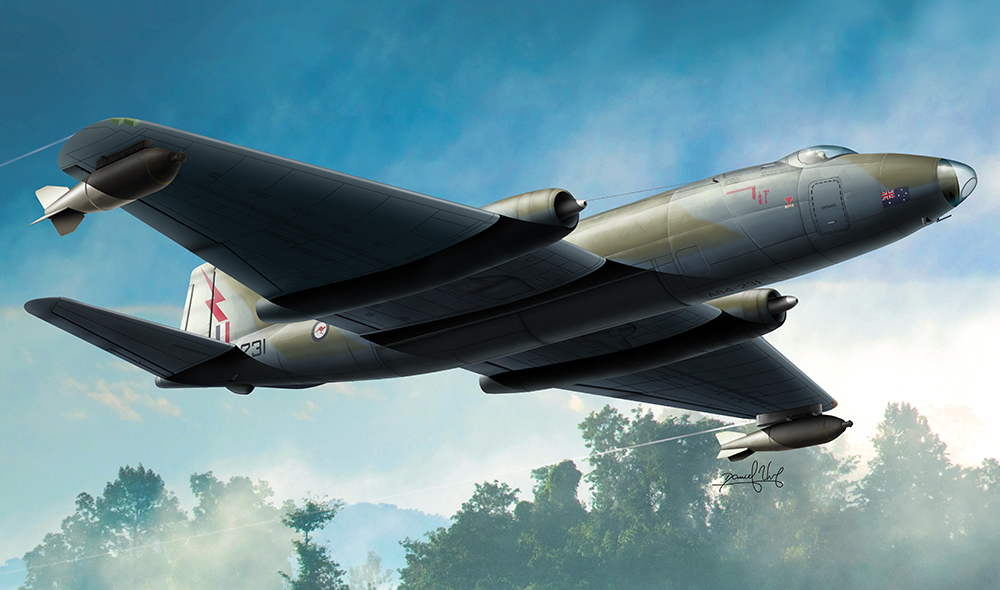
Thank you for the comment.Thank you! Indeed one can learn something new every day. Was not aware of the RAAF Canberra operating in Vietnam. As always, a splendid bit of artwork as well. Never disappointed here.
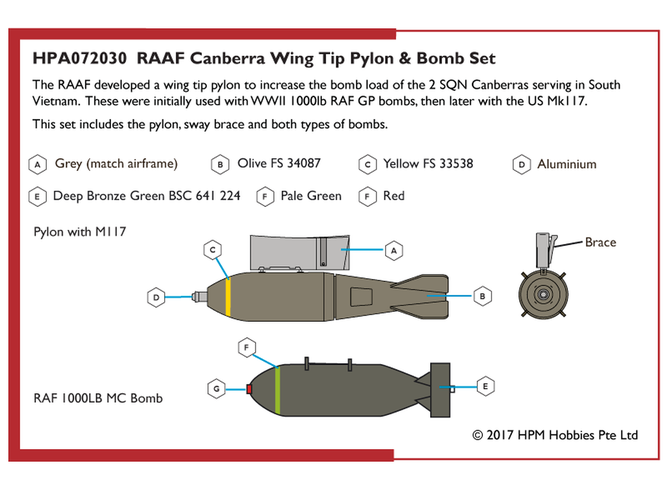

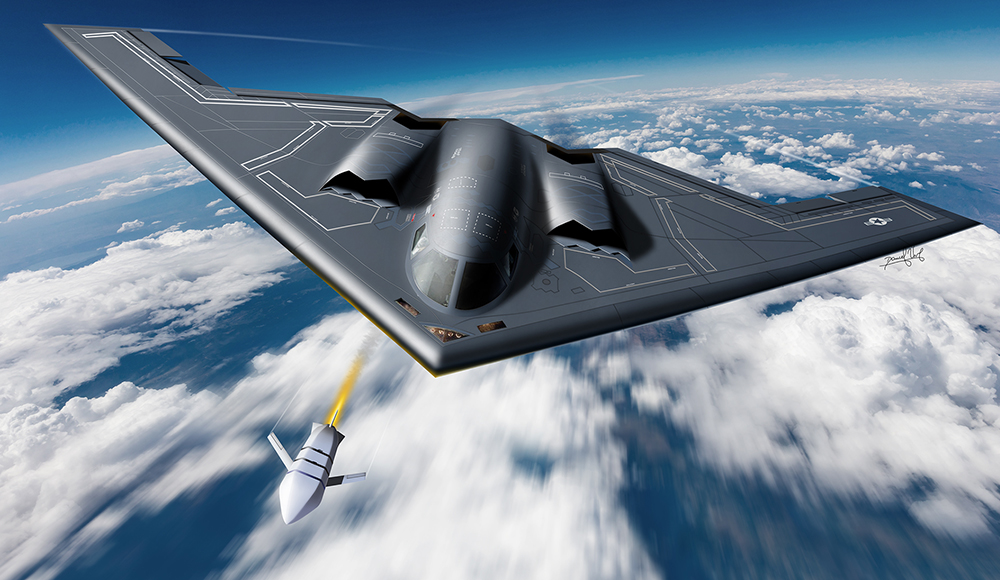
Very nice work. But I think a little bug got into the picture. The ends of the B-2 wings are not parallel to the longitudinal axis and those airfoils should not be parallel to themB2 in action

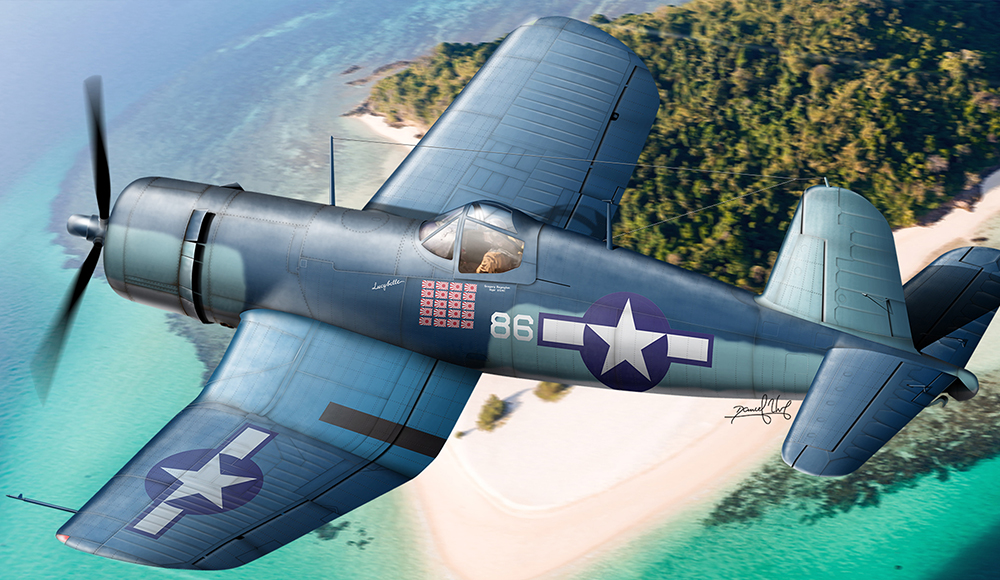
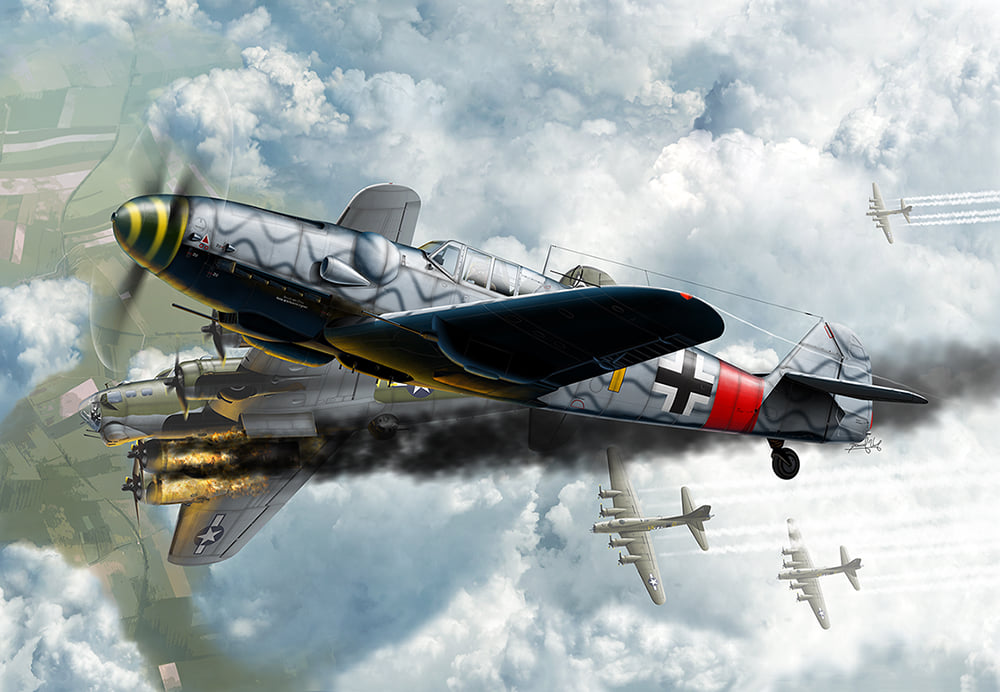
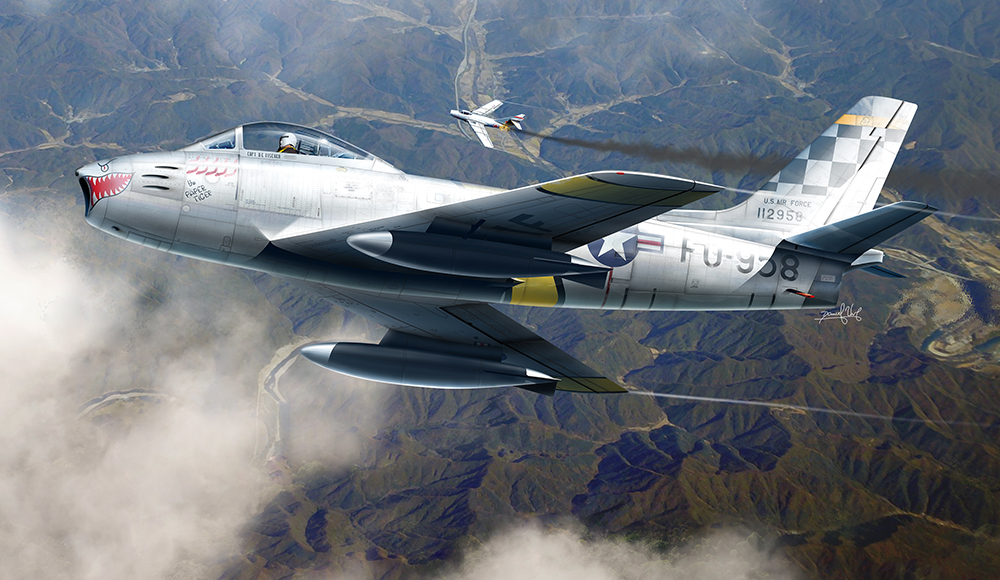
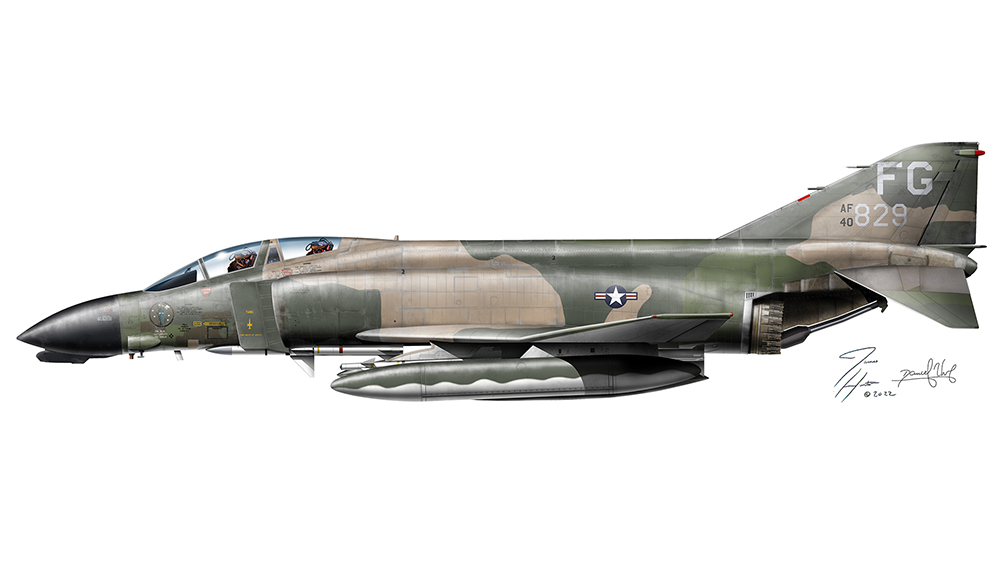
Nice work. Survey completed.Besides I'm doing a survey for my Design master degree and it is related to aviation art.
So I would kindly ask you to fill the form and help me, if you do not mind.
https://forms.gle/i6zdzSSpir6TaKjUA
Thank you in advance ; )
To put some context on the way this is marked, this is Colonel Robin Olds' F-4C 64-0829, the way it looked when it took off on May 20, 1967 on an Operation Bolo type mission. On that day Col. Olds and 1st Lt. Stephen Croker shot down 2 North Vietnamese Mig-17s. I used research by Jennings Heilig from the Large Scale Planes forum that he did to produce accurate 1/32 model decals, which I purchased, to help me do the markings on this plane. I changed some things that I felt were wrong from the photos that I found.A new work I did.
New in different ways.
New - because I finished recently.
New - for being the first time I do an Phantom F4C, I always wanted it but for some reason never got it done, and
New - for one great motive, it was done in a partnership with James Hunter (illustrator) who has being helping me (a lot) in an other project that involves aviation art and history as well.
In this project (F4C)he did the lines, basis colors and markings. I gave the volume applying lights, shadows and weathering. I hope you enjoy it.
The aircraft shown, here, was used in vietnam war piloted by Col. Robin Olds.
I thank you for working with meTo put some context on the way this is marked, this is Colonel Robin Olds' F-4C 64-0829, the way it looked when it took off on May 20, 1967 on an Operation Bolo type mission. On that day Col. Olds and 1st Lt. Stephen Croker shot down 2 North Vietnamese Mig-17s. I used research by Jennings Heilig from the Large Scale Planes forum that he did to produce accurate 1/32 model decals, which I purchased, to help me do the markings on this plane. I changed some things that I felt were wrong from the photos that I found.A new work I did.
New in different ways.
New - because I finished recently.
New - for being the first time I do an Phantom F4C, I always wanted it but for some reason never got it done, and
New - for one great motive, it was done in a partnership with James Hunter (illustrator) who has being helping me (a lot) in an other project that involves aviation art and history as well.
In this project (F4C)he did the lines, basis colors and markings. I gave the volume applying lights, shadows and weathering. I hope you enjoy it.
The aircraft shown, here, was used in vietnam war piloted by Col. Robin Olds.
One key feature of this plane during this time was the strike camera modification to the “dork” faring under the radome. This was used to take pictures of the bomb target (front camera) and the strike area (rear camera), to see if the mission was successful. Most F-4Cs did not have this modification. The strike camera radome modification wasn't replaced until sometime between 1973 and 1979. Also the low visibility formations lights seen on F-4Cs weren't added until around 1972-1973, 5 or so years after this time period.
As to the Zap tag on the intake ramp, according to Jenings Helig, the 435th Tactical Fighter Squadron flying Lockheed F-104Cs was attached to the 8th Fighter Wing remotely based at Urbon AFB, Thailand. The ground crew for the F-104Cs applied the "Zap" tag to this aircraft sometime during their time there. There are several pictures that were supposedly taken after Col. Olds and Lt. Croker landed following the May 20th mission that shows this "Zap" tag. Shortly after the mission the tag was painted over and two kill stars were added to the intake ramp.
It's an honor to work with Daniel, and I'm hoping to learn some of his secrets so that I can improve my artwork.

